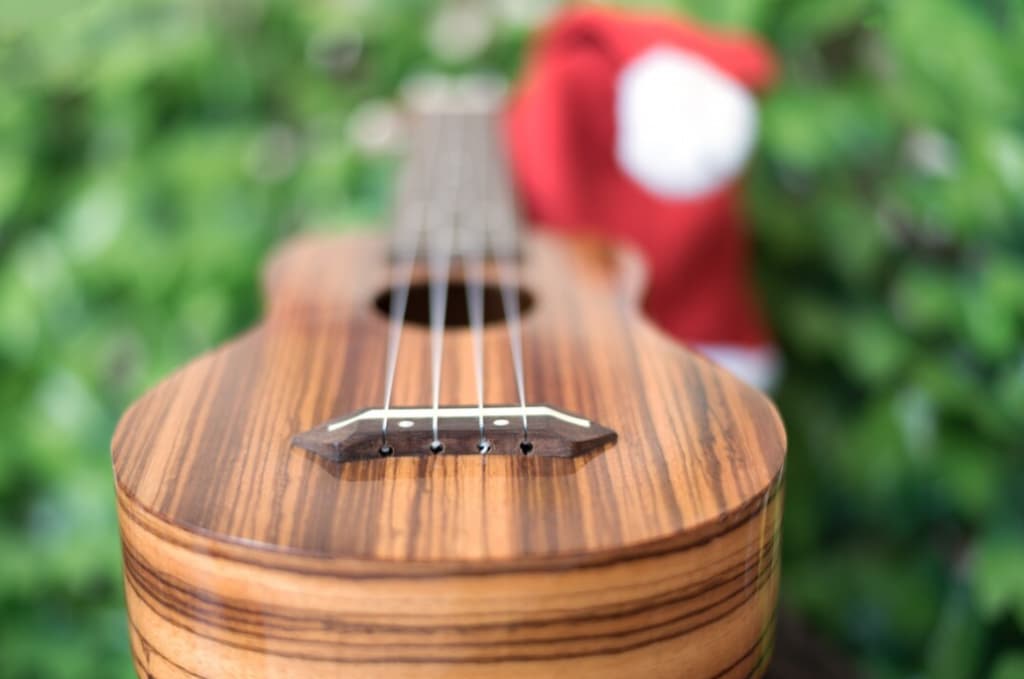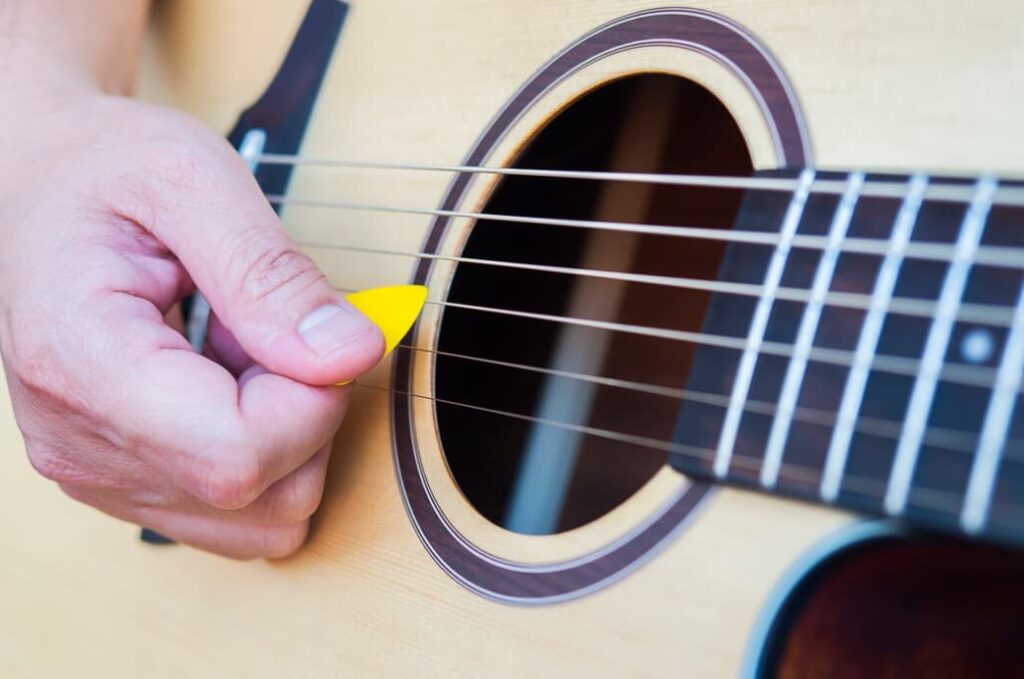Fresh strings bring life back into your ukulele’s sound, providing brilliant, flexible tones that are easy to tune and offer an unmatched, smooth experience. Join us as we explore how to effortlessly change ukulele strings and resurrect the enchanting sounds of your ukulele. If you’re considering buying new ukulele strings, our article can guide you. Changing ukulele strings may seem overwhelming, but we promise to make it easy for you.
Some individuals may replace their ukulele strings biennially, while others opt for a bi-weekly change. Altering the string set on your ukulele can markedly affect the instrument’s sound quality. Even a budget-friendly ukulele can produce a dramatically improved sound simply by swapping the strings. Though it might be daunting to take apart your cherished ukulele, restringing it is not overly complicated.
Considering String Replacement?
For beginners, setting aside around 30 minutes should suffice, but the process becomes much faster with experience. Here’s some guidance to help you get started. When it comes to durability, I’ve noticed that older strings require more frequent tuning than newer ones. And even when they are tuned, they tend to lack the correct tonal quality. Knowing your ukulele’s parts is crucial for tasks like changing its strings, ensuring optimal sound.
Dealing with String Breakage
In case of a string breakage, if it’s a fresh set, I recommend replacing the entire set to maintain tonal consistency. However, if the same string breaks repeatedly at the same spot, it’s worth examining your ukulele more closely, particularly at the nut or saddle, as there may be a sharp edge or another issue causing the break.
Ukulele String Replacement Guide
Swapping or replacing ukulele strings may seem daunting for beginners, but the transformation it brings can be incredibly rewarding. In this guide, I aim to elucidate a straightforward process for successfully changing your ukulele strings, ensuring an enjoyable experience in the end.
Revamping Your Ukulele Strings: A Fresh Start!

A) Taking Off Old Strings:
Firstly, loosen the string by turning the tuning peg until it’s slack enough to remove from the tuning machine. Gently pull the end of the string out of the bridge hole. Now, you can safely remove the string from your ukulele. Do this for all four strings. Some may choose to snip the strings while still tensioned on the ukulele, though this is generally not advised as it can lead to damage.
B) Installing New Strings:
Thread the new string through the bridge’s slot, noting that the longer part of the string will be wound onto the tuning peg. This step is crucial and often where errors occur.
- (a) Loop the shorter end of the string around the longer part;
- (b) Wrap it around itself two more times.
Secure the short end against the bridge and pull the longer end to tighten the knot. This ensures the string stays in place.
Now, align the tuning peg so the hole is facing parallel to the neck of the ukulele. Thread the longer end of the string through this hole and pull it back enough to leave slack for winding.
Finally, wind the string around the tuning peg, starting with the winding above the hole and then below for subsequent turns. Tension the string carefully and trim any excess, taking care not to snip the active string. With patience and attention, you’ll have a newly strung ukulele ready to play.
C) Maintaining Tuning Stability:
New strings often require frequent retuning initially as they settle in. To expedite this process, gently stretch the strings by pulling them away from the fretboard and then retuning. Do this several times with care. Whether your ukulele is vintage or brand new, if it’s challenging to tune, check the tuning pegs’ screws, as they may need adjustment.
Choosing the Right Time for a String Change

The timing of string changes is subjective, depending on your playing frequency and the instrument’s response. Some players might switch strings every few weeks, while others wait months (I recommend every 4-6 months). Always replace the entire set to ensure even wear and consistent sound quality. And if you find yourself tuning more often than usual, it’s likely time to consider a full string replacement.
Conclusion
Learning how to effectively change ukulele strings is an indispensable skill for all ukulele players. With this comprehensive tutorial, the once daunting task can become a routine part of maintaining your instrument’s captivating sound. But remember, the process goes beyond just swapping strings. It encompasses understanding when to do so, executing the procedure correctly, maintaining your instrument properly, and most importantly, selecting the best strings that resonate with your ukulele’s unique character. Now, you have the knowledge and the confidence to keep your ukulele in peak playing condition, ensuring a vibrant sound for your music at all times.